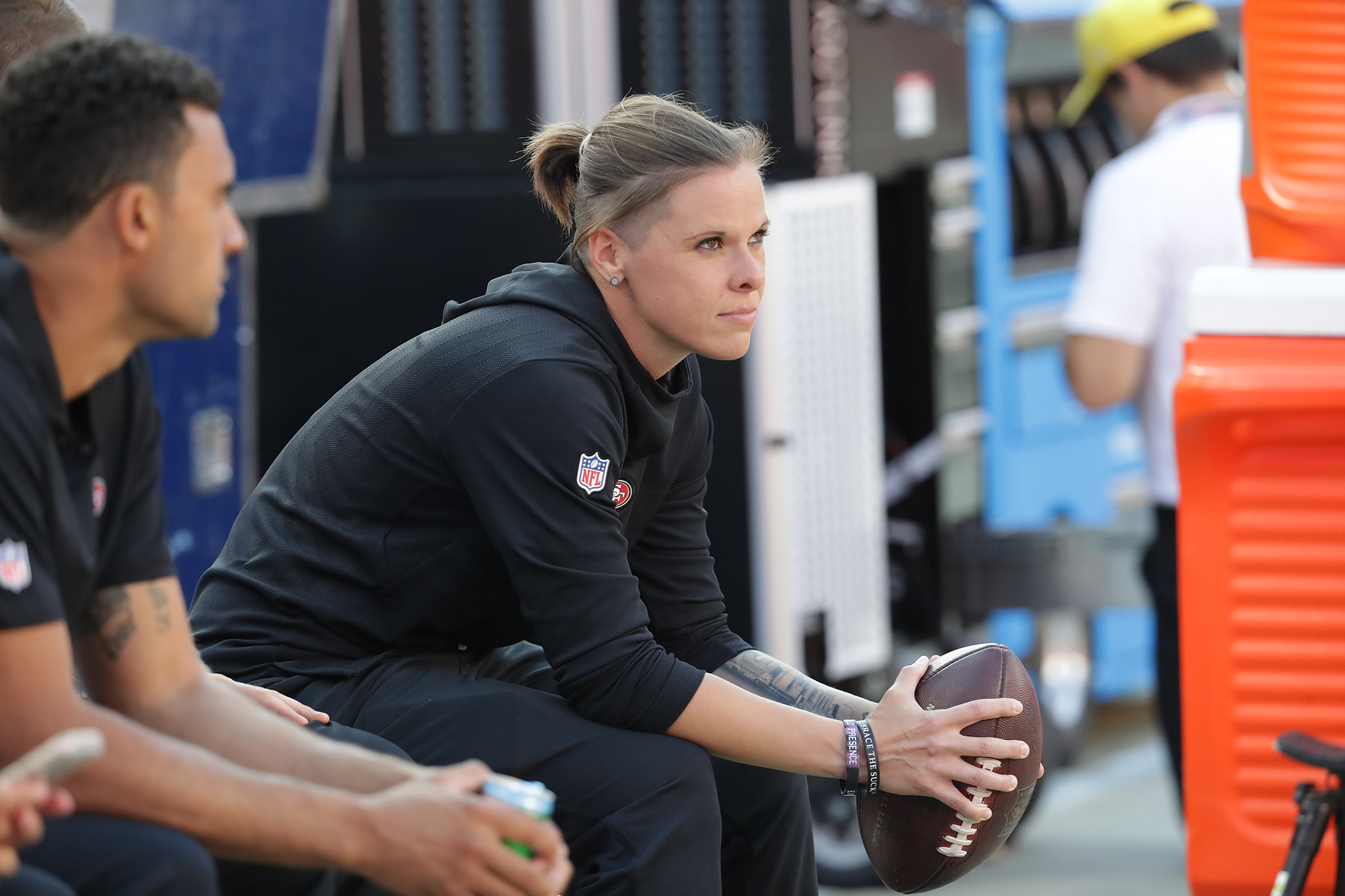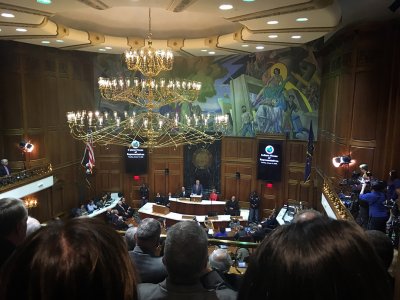What binds us all together

A few weeks ago I attended Governor Holcomb’s State of the State address, at his personal invitation (a photo I took from the occasion is at right). Being in the great hall of the Indiana State House, feeling the particular warmth and pride of Hoosier culture, and actually knowing some of the other folks in attendance, all worked to bind me together with the citizens of Indiana.

While there were topics that I wish the governor had addressed more effectively (such as teacher pay), he spoke to the educational needs of people with disabilities and people who are incarcerated, and he closed his speech with this noteworthy statement:
“My fellow Hoosiers, we’ve become known around the world as ‘A State that Works.’ I want Indiana to become ‘A State the Works for All.’ Where every citizen — no matter their background or age or who they love or whether they grew up here or arrived last week — has equal access and opportunity to go as far as they wish and are willing to work to get there.”
The positive reaction in the room was palpable. I was not sure whether people were reacting more to the references to LGBTQ+ people or to immigrants, but in either case, I was glad to be in the Indiana State House at that moment. Participation helps to bind us together.
Goshen’s work to becoming an inclusive community — a college that works for all — is intentional and ongoing, as reflected in our vision statement. One small step in that journey was our recent statement of apology to 2009 graduate Katie Sowers and others who experienced discrimination or bias at GC because of who they are. The responses from our students, employees, alumni have been mostly positive, though understandably varied, reflecting the diversity of experiences and the deep tensions inherent as we work through painful realities. I received a personal response from Katie that was gracious and deeply appreciative. Our student journalists provided excellent coverage and perspective in The Record.
What binds us all together as Goshen College is our participation together toward a vision of community that is rooted in the way of Jesus — a way that demands us to take responsibility for the harms that we cause, and to try to restore broken relationships.
It is not a quick or easy journey. One public statement — by me or our governor — doesn’t complete the work. More than any formal statement, it is the ensuing conversations, relationships and deepened commitments that create inclusive community — the kind of solidarity that Pope John Paul II defined this way: “We are all really responsible for all.” Rebecca Stoltzfus




